Bonhams to auction jewellery worth millions in celebration of coloured gems
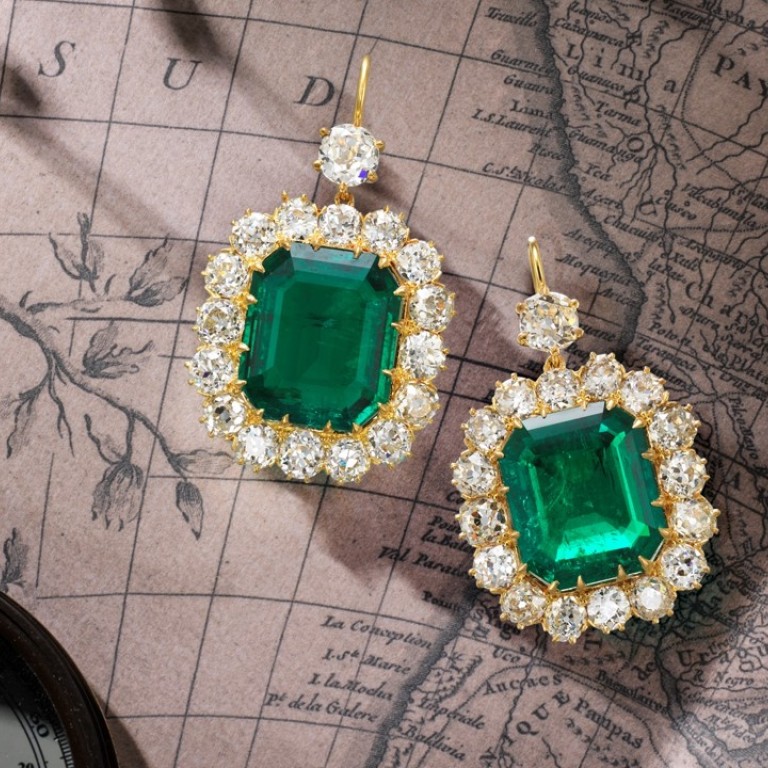
In Bonhams’ upcoming Rare Jewels and Jadeite auction, the spotlight is focused on the beauty of coloured stones and is presented under the theme “The Jewels of the World Collection”.
Apart from Burmese rubies, Colombian emeralds and Kashmir sapphires, all of which boast highly coveted provenances, gemstones from the far-flung corners of the gemmology world, including Kenya, Tajikistan and Brazil, will also be up for auction.
One of the highlighted lots with an unusual provenance is a ring with a 10.06ct step-cut Kenyan ruby as the centre stone. The ruby from Kenya, says Graeme Thompson, the director of jewellery for Bonhams Asia, is “extremely rare”.

Despite hailing from East Africa, the Kenyan ruby boasts a lovely pinkish hue that puts it on par with some of the finest ruby finds from Burmese mines.
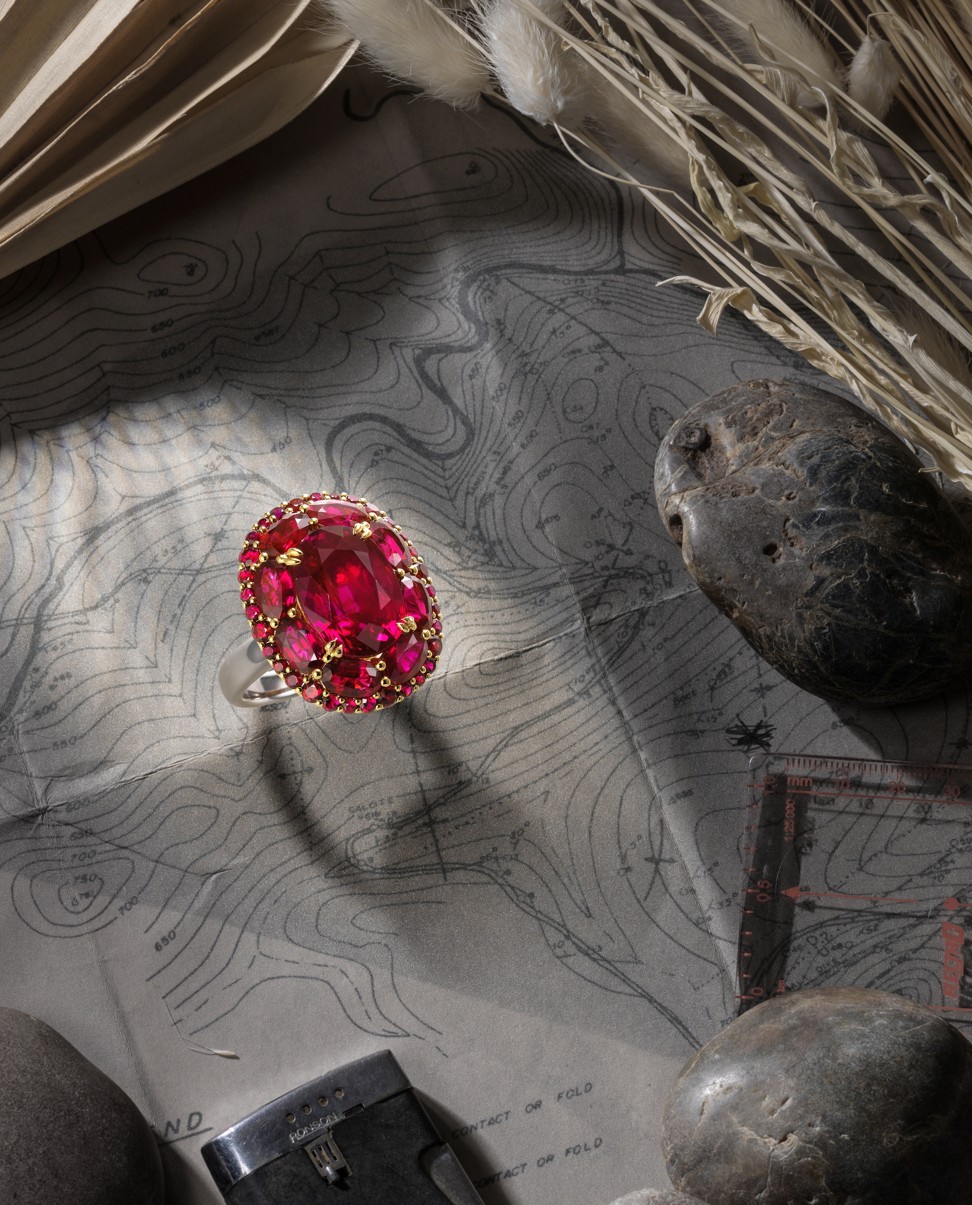
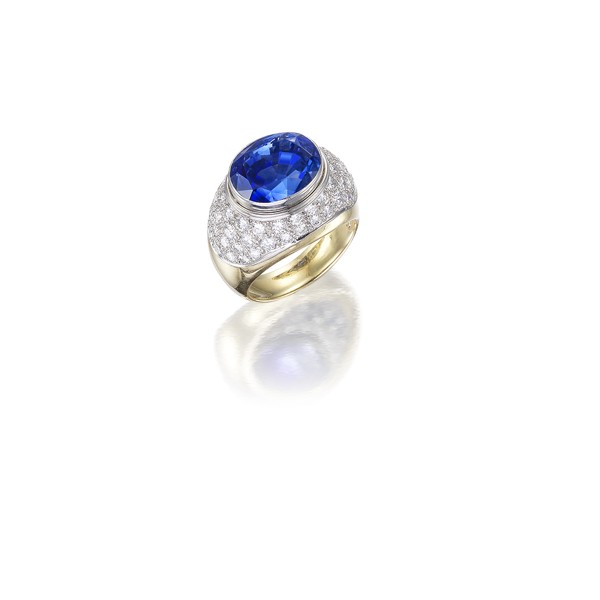
Other highlights include a Brazilian emerald ring, a Sri Lankan sapphire ring, and a Mozambique ruby ring. The auction will take place on May 31 in Hong Kong.
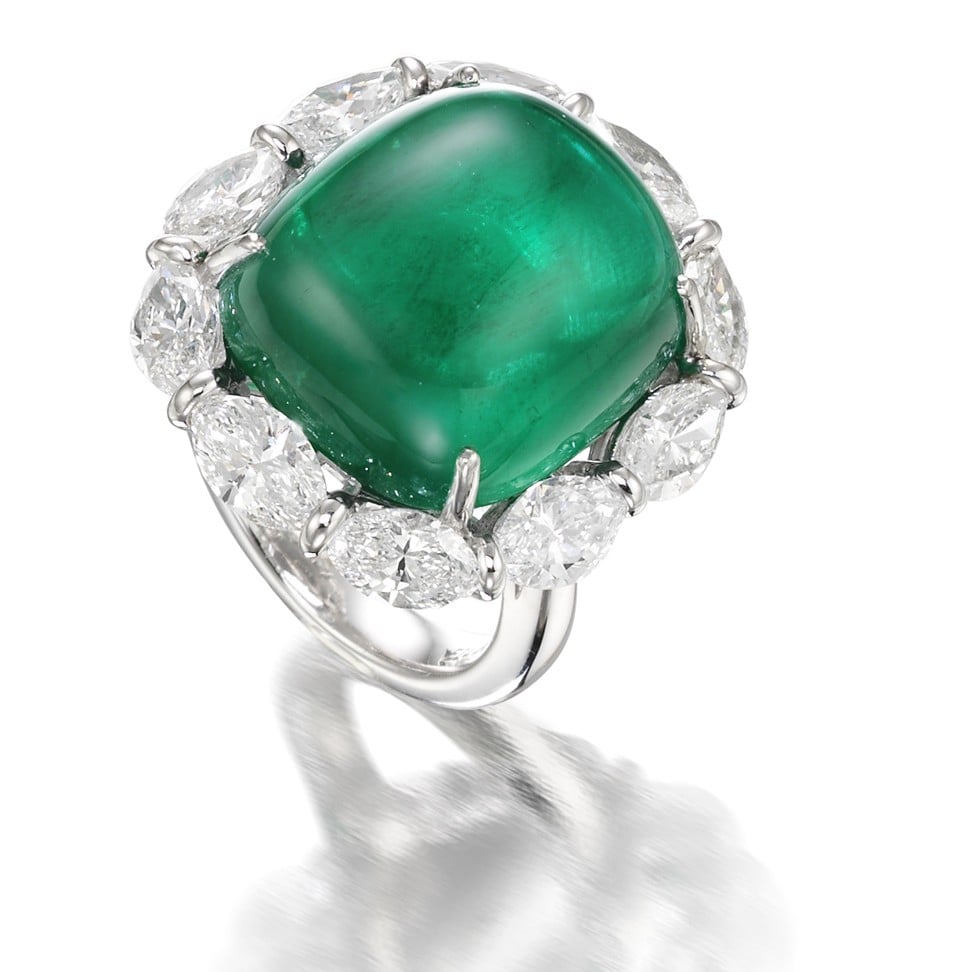
STYLE caught up with Graeme Thompson, director of jewellery for Bonhams Asia.
What is the trend for coloured stones right now?
We see new productions coming into the market, but it’s never a big flood. You never see tonnes of stones coming onto the market. In my opinion, demand definitely outstrips supply. And I think of all the different categories within the jewellery market, coloured stones are the most desired at this point in time.
What was the inspiration behind the theme “Jewels of the World”?
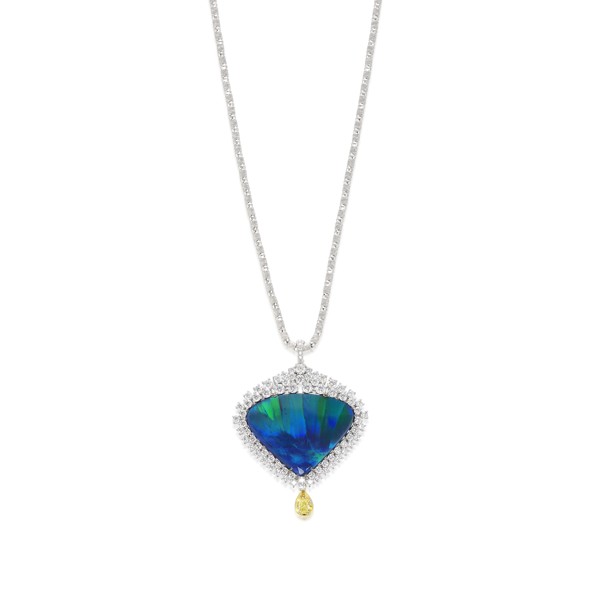
Have you seen increased interest in coloured stones?
Yes, there has been for a few years. And to put it into context, at the beginning of last year, Bonhams predicted 2016 to be the year of coloured gemstones. We were correct back them, and we do see that trend continuing into 2017.
How has the buyer’s point of view changed in the past years?
I think once they start seeing and becoming more familiar with the stones, they become more comfortable with them. It’s about understanding the beauty of the stone. Ultimately, a lot of it comes down to confidence. If a customer has confidence in a brand or the quality of the stone, and they’re going to wear it and love it, it gives them the confidence to buy. And we’ll see that developing in the next few years.
Do you think the value of mines in lesser-known countries, like Kenya and Madagascar, will appreciate?
I personally do. I’m not saying this is going to happen in the short term. I’m taking a medium- to longer-term view on this, but yes. History tells us that stone prices do increase over a period of time. And my view of the world is, people are getting richer, and people like to have beautiful things like jewellery, and I don’t think that the production of these stones will outpace the demand. I think medium term is five to 10 years. Long term is 10 plus years.
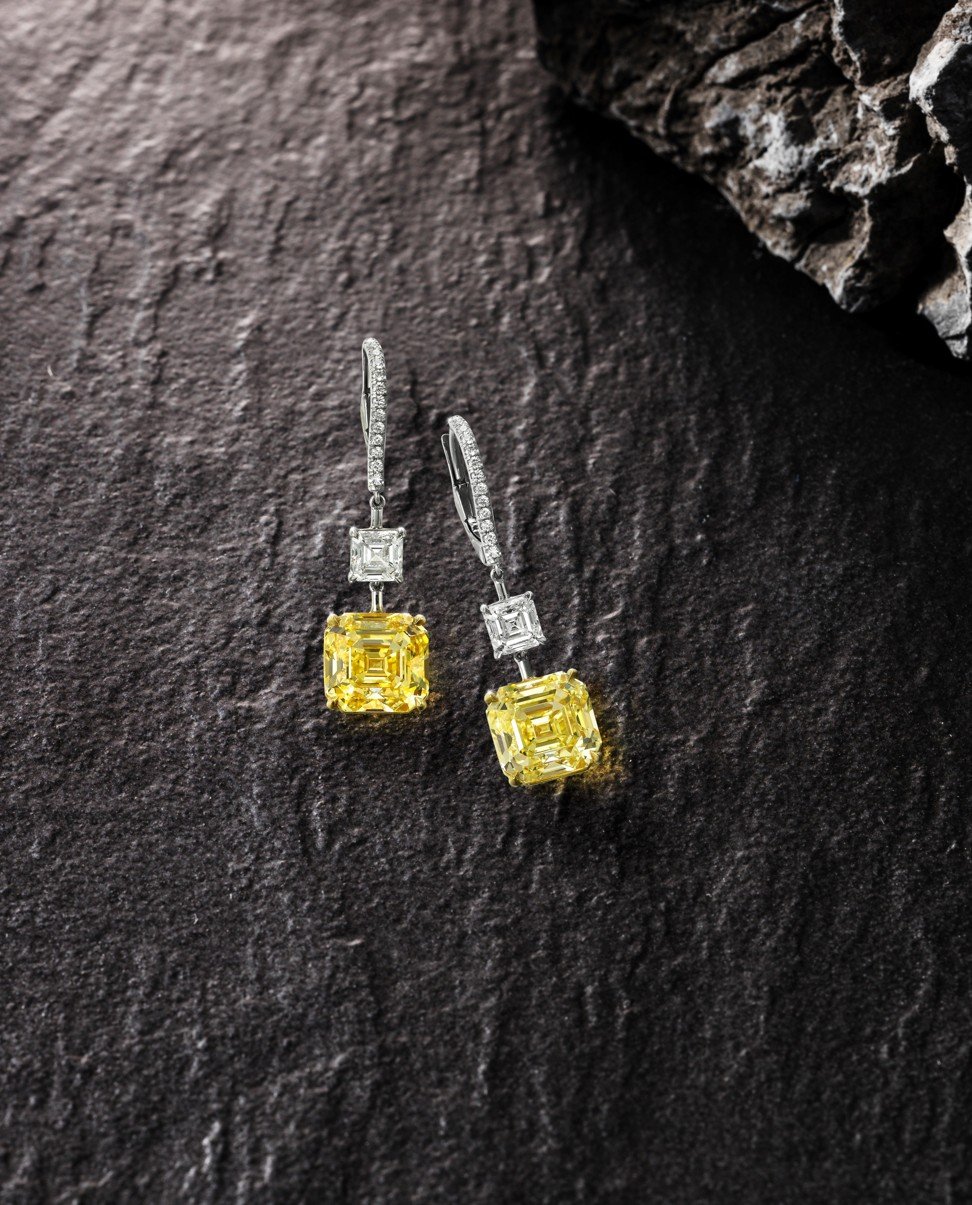
Do you think people are focusing more on the quality of the stone rather than the prestige of the provenance?
Yes, I absolutely do. Just because a stone is from another source, it does not mean it’s not as beautiful or exceptional. I think it’s very important for people to buy beauty. You do get stones from some sources like Burma or Colombia that aren’t particularly beautiful, it does happen. It’s just that beautiful stones are incredibly rare, and the fact that brands are not being able to find production from the traditional sources and they are looking at new areas is great, because it starts to spread the story a little bit more, and it starts to show people just how beautiful these stones are.
How would you explain the price difference between Burmese rubies and rubies from other geographic locations?
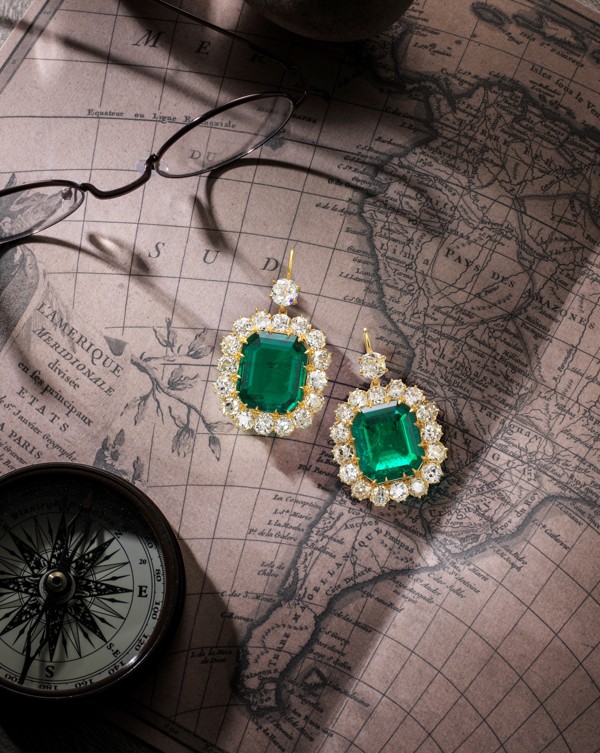
It’s because in the past, the prices of Burmese rubies on the market have been high and visible. [Kenyan rubies] are no rarer – it’s just the prices ... there’s not enough material coming from Kenya for it to be on the open market, so it’s completely undervalued. The Kenyan mines [only started producing] in the 1980s, so the stones are still very rare. And it’s hard for a Kenyan ruby to be formed in the earth in East Africa. But we are seeing mines in East Africa, like Tanzania or Mozambique, producing rubies today.
What about sapphires?
The deposits in Sri Lanka are famous. Sri Lankan mines produce not just sapphires; they also produce topaz, lots of other types of stones. But today, what’s interesting about Sri Lanka is the sapphire can vary greatly in colour. Some of the Sri Lankan stones can look like Kashmir [or] Burmese, but Sri Lankan stones traditionally are a slightly violet-ish blue colour. They’re almost like a lilac colour. Billions of years ago, Kashmir and Madagascar were land-locked. They were actually the same piece of land. But that is why the properties of Madagascan sapphires and Kashmir sapphires are similar. They’re a lovely cornflower colour.

The auction features coloured stones including Burmese rubies, Colombian emeralds and Kashmir sapphires